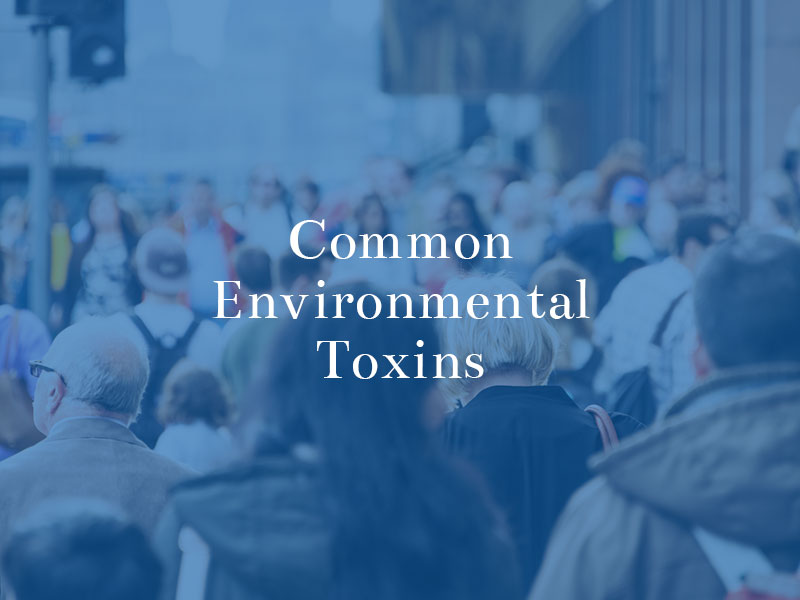A Voice for the Voiceless
The Dunken Law Firm is committed to helping each client find their voice and recover what has been lost.
START MY FREE CONSULTATIONJune 24, 2019 | Firm News
Environmental toxins are everywhere and trying to eliminate them 100% is impossible. The Fourth National Report on Human Exposure to Environmental Chemicals produced by the Centers for Disease Control has identified and measured exposure in the American population, for the first time, to 75 environmental chemicals.

Chances are good that at the very least, you’ve been exposed to volatile organic compounds-VOCs commonly found in popular branded cleaning supplies, carpets and paint. Human reactions to exposure can vary, but VOCs and other environmental toxins can cause cancer, respiratory irritation, allergies, memory impairment and adverse immune reactions.
In recent years, consumer products containing environmental toxins like glyphosate, such as Monsanto’s Round Up have come under increased scrutiny. This is due in part to the increase in global litigation (Canada, Australia and France) advanced on behalf of plaintiffs alleging their ongoing exposure to Round Up caused them to develop a multitude of different cancers, including lung, and Non-Hodgkin’s Lymphoma, and leukemia.
In 2015, the International Agency for Research on Cancer (IARC), a branch of the World Health Organization, issued a ruling that glyphosate ‘is a probable carcinogenic to humans.’ The IARC’s findings also documented that persons living near commercial and/or residential glyphosate use showed signs of chromosome DNA change consistent with cancer development.
The Dunken Law Firm is now researching cases involving exposure to glyphosate through Round Up, if you have questions or think you might have developed cancer and your last use of Round Up was after 1985, please use our contact form to share your experience.
Consumer advocacy groups like the Environmental Working Group estimate that humans carry hundreds of toxic chemicals within their bodies from food, water, air, building materials and plastics. Medical studies have documented the presence of 300 different contaminants in newborns, and even breast milk has tested positive for environmental pollutants.
Though you can’t totally prevent exposure to toxins like glyphosate and others we’ve shared in this posting, here are some steps you can take to reduce you and your family’s Body Burden:
Make a few consistent changes and improve your overall health and wellness by reducing your exposure to environmental toxins and your risk of developing chronic disease.
If you or a loved one have been exposed to harmful toxins as a result of someone else’s negligence, contact our office to book a free case consultation with our attorneys!